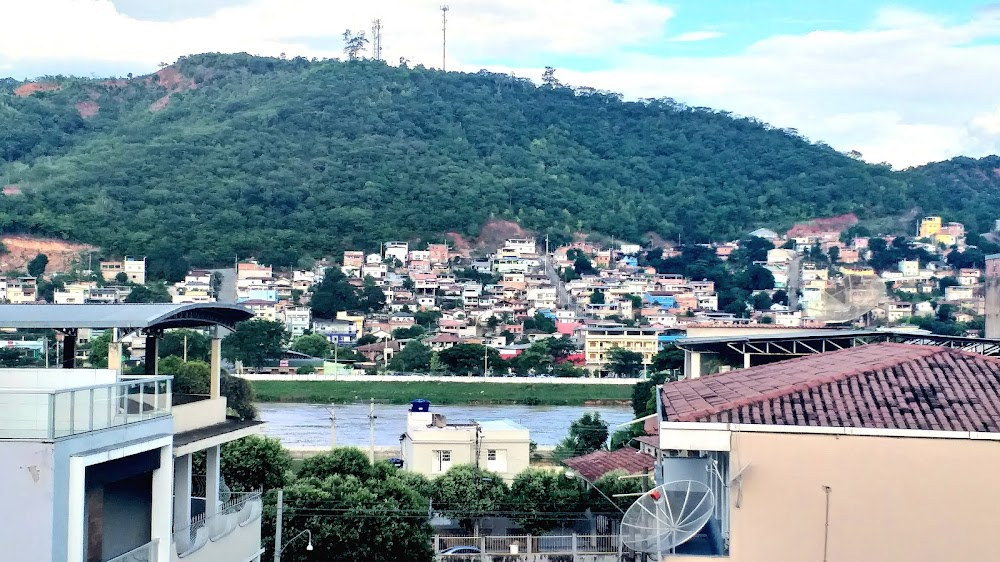Rise Filming Locations

Where was Rise filmed? Rise was filmed in 16 locations across United States, Brazil and Canada in the following places:
Rise Filming Locations
Waianae or Waiʻanae is a census-designated place in Honolulu County, Hawaii, United States. As of the 2020 census, the CDP population was 13,614. Its name means "waters of the mullet". Its etymology is shared with the far northern Wellington suburb of Waikanae, located in New Zealand.
Albuquerque, New Mexico’s largest city, sits in the high desert. Its modern Downtown core contrasts with Old Town Albuquerque, dating to the city’s 1706 founding as a Spanish colony. Old Town is filled with historic adobe buildings, such as San Felipe de Neri Church, 5 museums, and shops selling Native American handicrafts. Nearby, The Indian Pueblo Cultural Center traces the area’s tribal history.
Point Arena, formerly known as Punta Arena is a small coastal city in Mendocino County, California, United States. Point Arena is located 32 miles west of Hopland, at an elevation of 118 feet. The population was 460 at the 2020 census, making it one of the smallest incorporated cities in the state.
Hilo is a town on Hawaii, commonly called the Big Island, in the state of Hawaii. It’s known for Wailuku River State Park, featuring Waianuenue, or Rainbow Falls, with its colorful mist effects. The bubbling basalt-lava rock pools known as the Boiling Pots are nearby. To the south is Hawaii Volcanoes National Park, home to rainforests and the active Kilauea and Mauna Loa volcanoes.
Gallup is a small city in New Mexico, on historic Route 66. To the east, red sandstone cliffs dominate Red Rock Park, home to Anasazi archaeological sites from around 300 A.D. Here, Red Rock Museum focuses on Anasazi heritage, with displays of pottery and silver. In the city, Gallup Cultural Center has Native American crafts and cultural exhibits. The Rex Museum covers local history, including railroad and mining.
Clearlake is a city in Lake County, California. Clearlake is 4.5 miles north-northwest of Lower Lake, at an elevation of 1,417 feet. As of the 2020 census, the city had a total population of 16,685, up from 15,250 in 2010. It takes its name from Clear Lake.
Washington, DC, the U.S. capital, is a compact city on the Potomac River, bordering the states of Maryland and Virginia. It’s defined by imposing neoclassical monuments and buildings – including the iconic ones that house the federal government’s 3 branches: the Capitol, White House and Supreme Court. It's also home to iconic museums and performing-arts venues such as the Kennedy Center.
San Carlos is a census-designated place in Gila County, Arizona, United States. The population was 4,038 at the 2010 census, up from 3,716 in 2000. San Carlos is the largest community in and the seat of government for the San Carlos Apache Indian Reservation.
San Francisco, officially the City and County of San Francisco, is a commercial, financial, and cultural center in Northern California. With a population of 808,437 residents as of 2022, San Francisco is the fourth most populous city in the U.S. state of California behind Los Angeles, San Diego, and San Jose.
San Carlos is a census-designated place in Gila County, Arizona, United States. The population was 4,038 at the 2010 census, up from 3,716 in 2000. San Carlos is the largest community in and the seat of government for the San Carlos Apache Indian Reservation.
The Standing Rock Reservation lies across the border between North and South Dakota in the United States, and is inhabited by ethnic "Hunkpapa and Sihasapa bands of Lakota Oyate and the Ihunktuwona and Pabaksa bands of the Dakota Oyate," as well as the Hunkpatina Dakota.
Winnipeg is the capital of the Canadian province of Manitoba. Its heart is The Forks, a historic site at the intersection of the Red and Assiniboine rivers, with warehouses converted to shops and restaurants, plus ample green space dedicated to festivals, concerts and exhibits. Nearby, the Exchange District is known for its well-preserved, early 20th-century architecture and numerous art galleries.
Rise (2017)
Vice travels to Indigenous communities across the Americas to meet people protecting their homelands and rising up against colonization.

